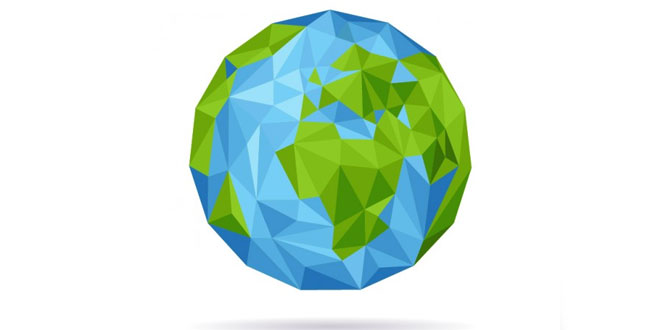Question: Define “Lithospheric Plates”.
Answer: According to the theory, the lithosphere is broken up into number of pieces called tectonic or lithospheric plates. It consists of crust and outer parts of upper mantle. There are six major and 20 minor plates, all of which floats independently.
Question: Distinguish between endogenetic and exogenetic forces.
Answer: The difference is as follows:
Question: Why do tectonic plates move?
Answer: The rigid lithospheric plates float in the semi-molten rocks of the lower portion of the upper mantle, which is called asthenosphere. The temperature in the asthenosphere is high around 1600° C. At this temperature, the rocks are in a near molten state and they can flow in a thick and viscous way. Therefore tectonic plates are always moving.
Question: What is the difference between erosion and deposition?
Answer: The difference is as follows:
Question: What causes earthquakes?
Answer: Earthquakes:
- They are vibrations that move through the earth and over its surface.
- They are caused by disturbances that originate inside the earth.
- Sudden movements deep beneath the surface, like the rupture of rocks and the collision of tectonic plates, release an enormous amount of energy in the form of seismic or shock waves.
- These seismic waves travel to the surface and cause earthquakes.
 Class Notes NCERT Solutions for CBSE Students
Class Notes NCERT Solutions for CBSE Students




it is quite a concept which you do a not understand.